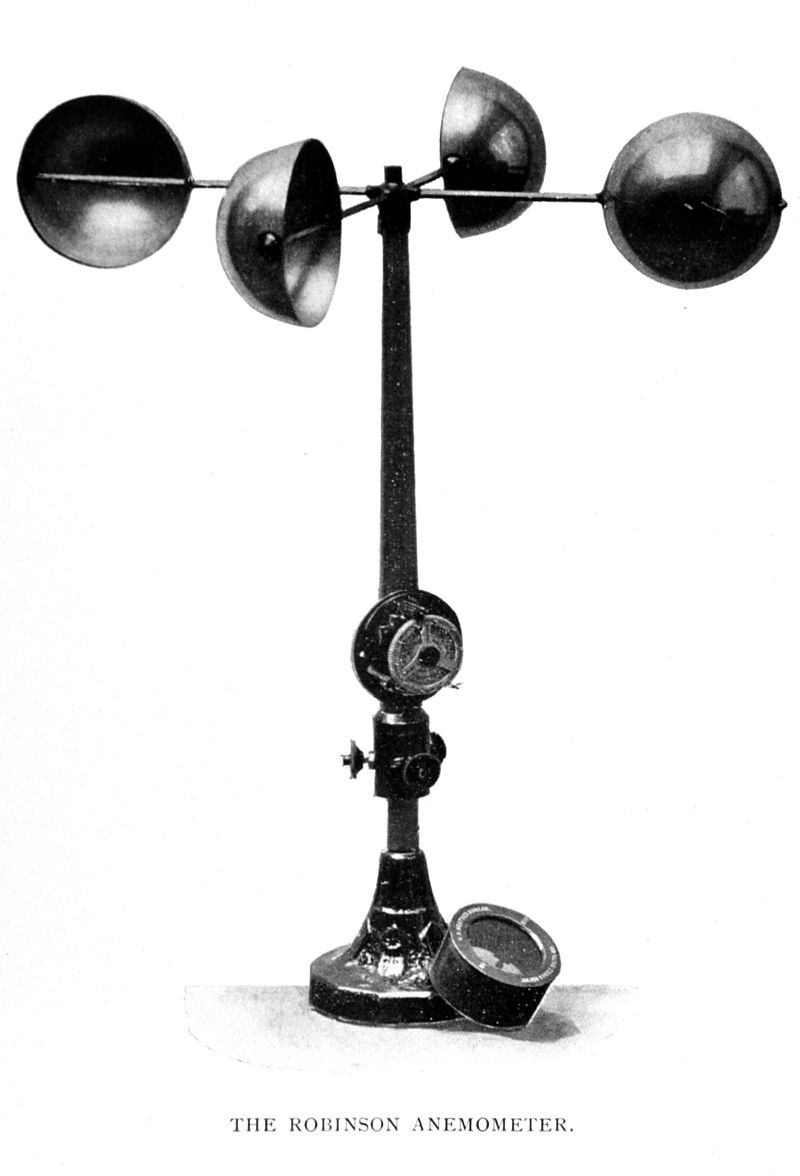Why an Anemometer is Important for Your Environmental Data Collection
Why an Anemometer is Important for Your Environmental Data Collection
Blog Article
Discovering the Features and Advantages of Anemometers for Weather Condition Lovers and Experts
From cup anemometers to sonic anemometers, each kind brings its special set of benefits and applications, shedding light on different aspects of climatic conditions. As we dive into the functions and advantages of anemometers, a deeper understanding arises not just of dominating weather sensations but additionally of the wider effects for markets like wind power production and ecological research study.
Importance of Anemometers in Weather Condition Monitoring
Anemometers play a vital duty in weather condition surveillance by giving precise dimensions of wind rate, assisting in projecting and understanding climate patterns. These tools, varying from typical mug anemometers to modern ultrasonic anemometers, are important for meteorologists, researchers, and weather condition lovers alike.

Kinds Of Anemometers and Their Applications
With the vital role anemometers play in weather surveillance and projecting, comprehending the various kinds of these tools and their applications ends up being vital for professionals and fanatics in the area. The most usual kinds of anemometers include mug anemometers, vane anemometers, hot-wire anemometers, and ultrasonic anemometers. Cup anemometers consist of 3 or four mugs placed on horizontal arms that rotate with the wind, gauging its speed. Vane anemometers, on the other hand, make use of an easily rotating vane to straighten with the wind direction, giving both wind rate and direction dimensions. Hot-wire anemometers operate based upon the principle of convective warmth transfer, where the cooling impact of the air circulation is determined to determine wind rate. Ultrasonic anemometers use ultrasonic acoustic wave to determine wind rate and direction properly.
Mug anemometers are robust and appropriate for general weather surveillance, while vane anemometers are preferred for directional measurements. Ultrasonic anemometers are non-intrusive and provide high accuracy, usually used in research and specialized weather condition tracking applications.
Benefits of Making Use Of Anemometers in Projecting
In weather forecasting, the use of anemometers supplies very useful advantages for boosting the precision of weather forecasting. Anemometers measure wind speed and direction, providing important information for anticipating climate patterns. By incorporating wind data into forecasting versions, meteorologists can better recognize the movement of climate systems, prepare for modifications in atmospheric conditions, and concern a lot more accurate projections.
In addition, anemometers play a crucial role in assessing possible weather condition hazards. Monitoring wind rates helps forecasters forecast serious weather occasions such as typhoons, look at more info hurricanes, and wintertime storms with higher accuracy. This very early warning system allows authorities to issue prompt alerts and carry out required safety and security steps, lowering the dangers to life and home.
Additionally, anemometers help in maximizing renewable resource manufacturing. By evaluating wind patterns, meteorologists can recognize suitable places for wind ranches and predict power result, adding to the effective generation of wind power.

Anemometers in Wind Power Manufacturing
Offered the crucial function anemometers play in supplying accurate wind data for weather condition projecting and threat assessment, their importance reaches the world of wind power manufacturing. Anemometers are crucial instruments in the field of wind energy, where the measurement of wind speed and direction is essential for figuring out the usefulness and performance of wind generator installments. By accurately measuring wind rates at differing elevations, anemometers aid maximize the positioning and layout of wind generators to make the most of energy output.
In wind farms, anemometers are strategically positioned to accumulate real-time wind information that is utilized to examine the prospective energy production of a website. This information contributes in establishing the economic practicality of wind power jobs and in forecasting energy generation to guarantee grid security. Additionally, anemometers help in checking wind problems to maximize turbine performance, protect Extra resources against damages from high winds, and make certain the security of employees working in the area of wind turbines.
Enhancing Climate Recognizing With Anemometers

Anemometers play a key role in improving our understanding of microclimates. These localized climate condition can differ dramatically from more comprehensive local forecasts, making it important to have precise data for details locations. anemometer. By tactically putting anemometers in various areas, scientists can gather detailed details on just how wind behaves in different surfaces, metropolitan environments, or bodies of water
Moreover, anemometers add to enhancing weather forecasting designs by offering real-time data on wind habits. This information is specifically useful for anticipating extreme weather condition events, maximizing agricultural practices, and sustaining industries like aeronautics and maritime navigation. On the whole, anemometers are vital instruments that allow us to dig much deeper into the intricacies of weather systems, inevitably causing even more precise forecasts and better-informed decisions.
Conclusion
In conclusion, anemometers play an important duty in weather monitoring and forecasting by determining wind rate and instructions. Anemometers additionally have applications in wind energy production, further highlighting their relevance in both weather forecasting and eco-friendly power sectors.
From cup anemometers to sonic anemometers, each type brings its distinct set of advantages and applications, dropping light on different elements of climatic problems. These tools, varying from standard mug anemometers to contemporary ultrasonic anemometers, are crucial for meteorologists, scientists, and climate fanatics alike. The most usual kinds of anemometers consist of mug anemometers, vane anemometers, hot-wire anemometers, and ultrasonic anemometers. Cup anemometers are robust and read what he said appropriate for general weather surveillance, while vane anemometers are preferred for directional dimensions. Anemometers are crucial tools in the area of wind energy, where the measurement of wind speed and instructions is critical for establishing the usefulness and performance of wind turbine setups.
Report this page